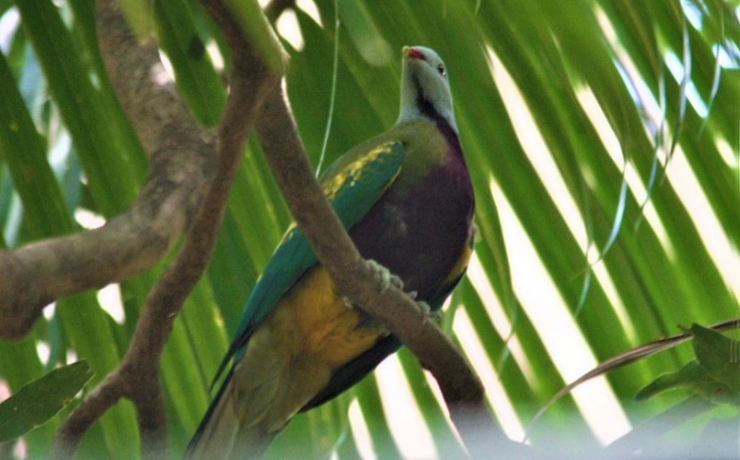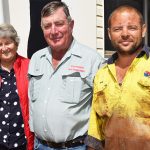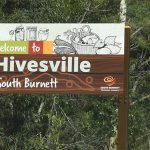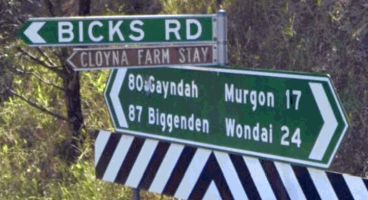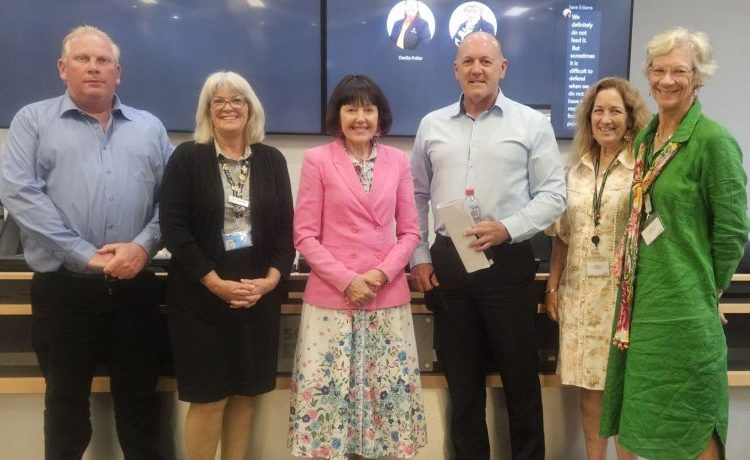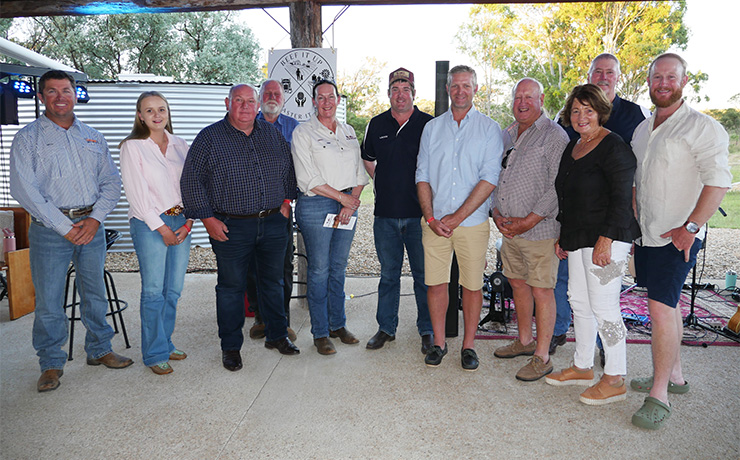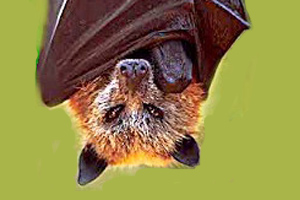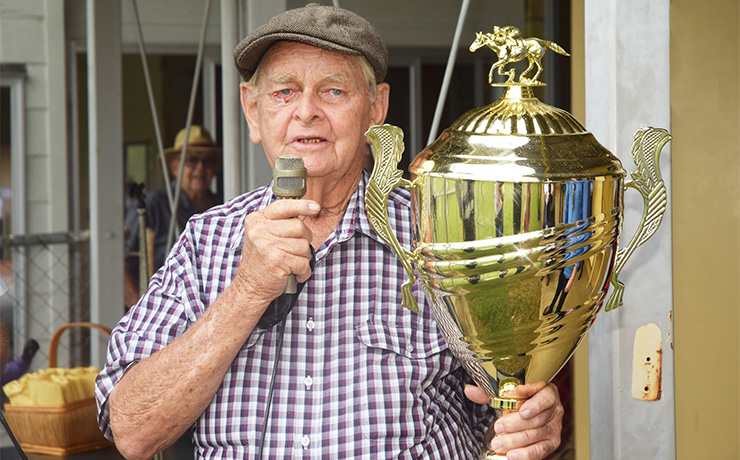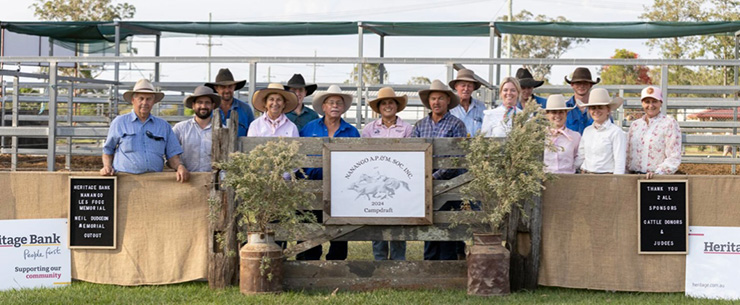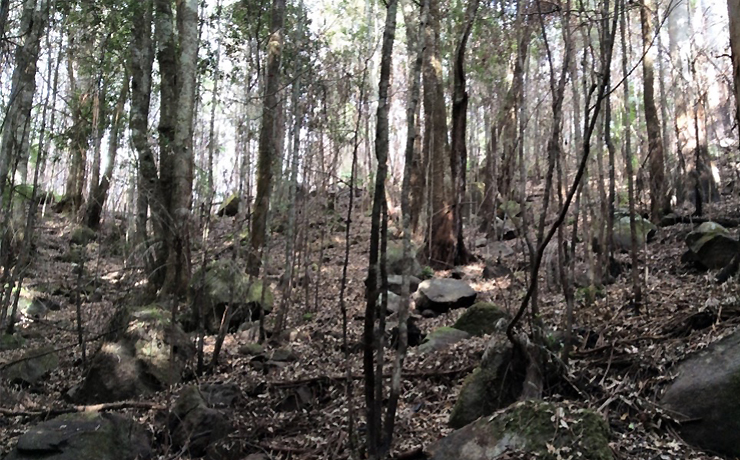
April 28, 2022
Bird populations vital to rainforest regeneration are struggling to recover after the black summer bushfires devastated Australia, according to a study from the Centre for Ecosystem Science at the University of NSW.
The study, published in Global Ecology and Conservation, investigated the impact of the 2019-20 bushfire season on the ancient Gondwanan rainforests of the Australian World Heritage Area, which were burned for the first time in recorded history.
The researchers found that the megafires negatively affected the diversity of functional rainforest bird communities among burnt areas compared with surviving regions, as well as adjacent dry sclerophyll forests, woodland areas characterised by hard leafed and drought-adapted vegetation.
“It was important for us to compare areas that had been burnt to those that had not and also rainforests to dry sclerophyll forests, which are more adapted to burning,” Prof Richard Kingsford said.
The researchers found that the number of functional species, and the relative abundances of species, was lower in burnt areas compared with unburnt areas across five national parks surveyed.
“These results contrasted the less affected and more fire-adapted and adjacent dry sclerophyll forests, which increased in diversity,” lead author Josh Lee said.
The researchers said the 2019-20 blazes were some of the worst in bushfire history, wiping out an estimated 50 per cent of the already scarce Gondwanan rainforest habitat.
“These rainforests are 40 million years old, and the fact we’ve burned up to half of it in just one fire season – which we can confidently attribute to climate change – is astounding. It’s another page in the story that is the huge impact we’re having on unique ecosystems worldwide,” Mr Lee said.
The study found the most affected rainforest birds were species that eat insects, leaves or fruit. Of particular concern were fruit-eating birds such as the wompoo fruit-dove and paradise riflebird, that have significant roles in rainforest regeneration.
“We found there were fewer fruit-eating birds in the burnt rainforest than the unburnt areas, which is potentially a bad sign because it might mean that there’s less of that rainforest regeneration happening,” Mr Lee said.
“These fruit eaters disperse rainforest seeds over large distances. Rainforests need these birds to eat and then disperse the seeds for them to grow in other parts of the rainforest. If we don’t have the pigeons and doves to help the fire-affected areas of the rainforest regenerate, we are in real trouble.”
Because of the impact on seed-dispersing birds, the recovery of the rainforest is likely to be extremely slow and highly dependent on the emigration of animals from outside burnt areas.
“The evolutionary lineage of these rainforests is that they’re typically wet, which means their species aren’t used to exposure to fire and just aren’t well adapted to recover in general,” Mr Lee said.
Associate Professor Will Cornwell, co-author of the study, said the researchers were particularly concerned about the ramifications of increasing drying with climate change and more intense bushfires on really fire-sensitive forests.
“Because of just how unique these ecosystems are and how rarely they burn, we really don’t know much about what the recovery will look like,” Mr Lee said.
“It remains to be seen what the impacts will be in years to come or whether the rainforest and the birds will come back at all.”
